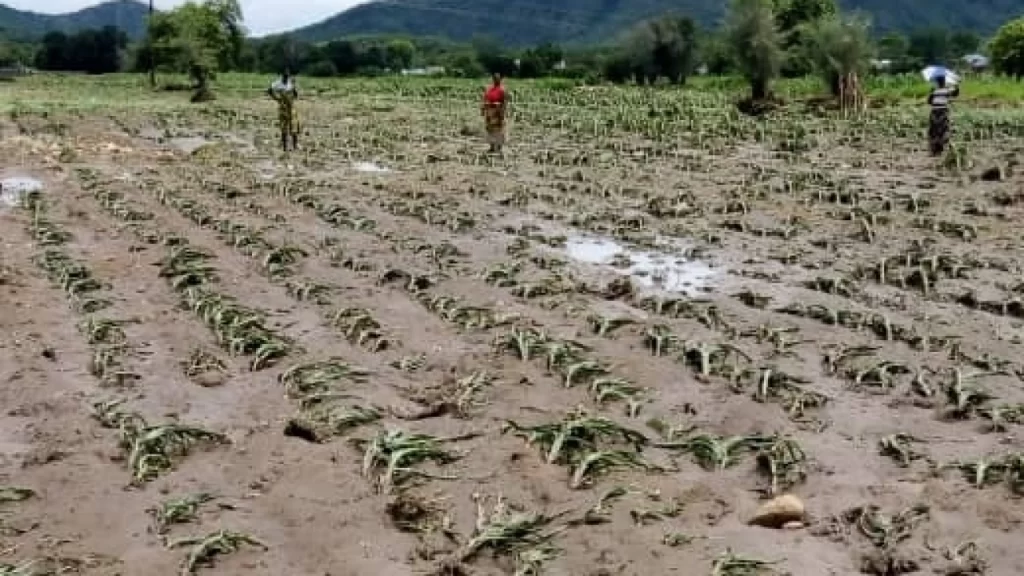HIGHLIGHTS
- Heavy rainfall has driven flash and riverine flooding in Zambia, including in areas previously impacted by severe drought.
- Gwembe and Siavonga districts in the south are amongst the hardest-hit by the recent rains, while Mambwe and Lumezi districts in the east, as well as the country’s capital, Lusaka, faced flash floods earlier in January.
- Zambia is expected to experience heavy rains in the coming days, with potential for flash floods in Mufumbwe, Kasempa, Kabwe, Lusaka, Siavonga, Gwembe and Chipata districts.
SITUATION OVERVIEW
Heavy rainfall in recent days has led to riverine and flash floods in Zambia, mainly in the Southern Province, with Gwembe and Siavonga Districts hardest-hit. The flooding has destroyed crops, including maize, especially in Munyumbwe area in Gwembe District, according to the Government’s Disaster Management and Mitigation Unit (DMMU). Some bridges have been submerged in the same area, hampering access. Gwembe District was already facing Emergency (IPC Phase 4) levels of food insecurity due to the worst drought the country has seen since 1981. Last year, the district recorded a 98 per cent reduction in maize production, compared to 2018 and the five-year average.
Earlier this month, heavy rains left the Chipata Level One Hospital in the capital, Lusaka, completely flooded, leading to the evacuation of some patients. In Mambwe District, Eastern Province, nearly 300 families were displaced by floods in the first week of January, according to DMMU media reports, with Malambo constituency especially affected. In neighbouring Lumezi District, around 60 families had to leave their houses.
The torrential rainfall and flooding could aggravate the already fragile food insecurity situation in Zambia. Before the floods, more than 2.3 million people were expected to be severely food insecure during the lean season (October 2019 – March 2020), with at least 430,000 of them in Emergency (IPC 4).
The situation could deteriorate in the days ahead, with Zambia expected to experience heavy rains, according to the country’s Meteorological Department, with the potential for flash floods in Mufumbwe, Kasempa, Kabwe, Lusaka, Siavonga, Gwembe and Chipata districts.
RESPONSE
A delegation led by the DMMU, with the Ministry of Defence, Ministry of Local Government and Ministry of Infrastructure is planning to assess the extent of damage in the affected areas. Since the beginning of January, following the first floods in Mambwe and Lumezi, the DMMU has been distributing food, tents and water treatment chemicals for the affected population. Humanitarian organizations were already providing life-saving assistance due to drought in some of the areas affected by the floods, especially in southern and western Zambia.
